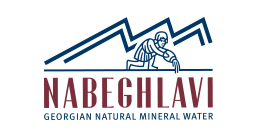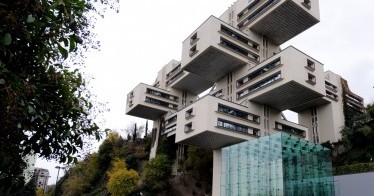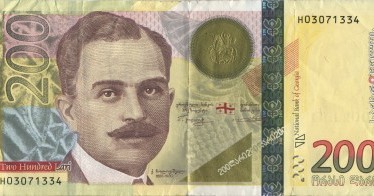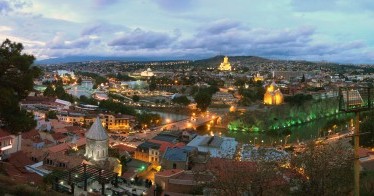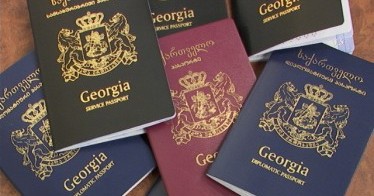| Georgia |
Related
|
TbilisiThe history of Tbilisi, the capital of Georgia, dates back to the 5th century AD. Tbilisi has been an important cultural, political and economic centre of the Caucasus region for most of its history located on a crossroad of major trade routes. Tbilisi entered 21st century with changes and with a new image keeping at the same time the details characteristic for Tbilisi only. The past and present are closely linked with each other here. Lots of modern buildings are being constructed that make 1500 years old city more distinguished and interesting. Tbilisi is the city with the population of about 1 400 000. The city's name was not incidental. It originated from the word “tbili” - warm. In fact the plain between Mount Sololaki and Metekhi cliff, where the city is situated, is rich in warm sulfuric springs. The combination of original architecture and natural beauty gives it inimitable charm and color. Tbilisi stretches in a narrow strip on both banks of the river Mtkvari. Its narrow curved streets run up the slopes and round the mountains ridges. The houses matching the relief are located on the slopes of the mountains arranged in terraces one above another closely adjoining each other. If you look at the city from Mount “Mtatsminda” (Holy Mount) you will clearly see them climbing the slopes of the hills on the both banks and cluster near the rocky precipices. Gallery |

